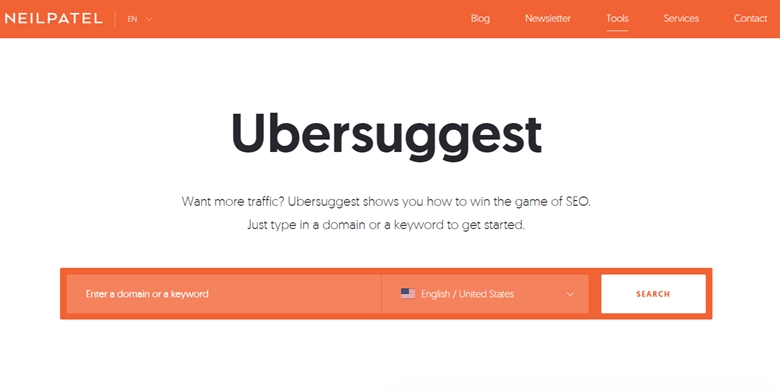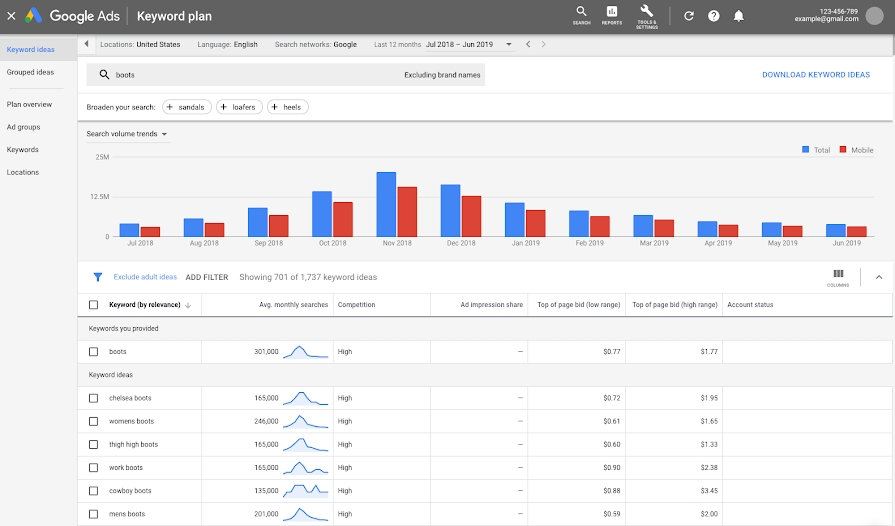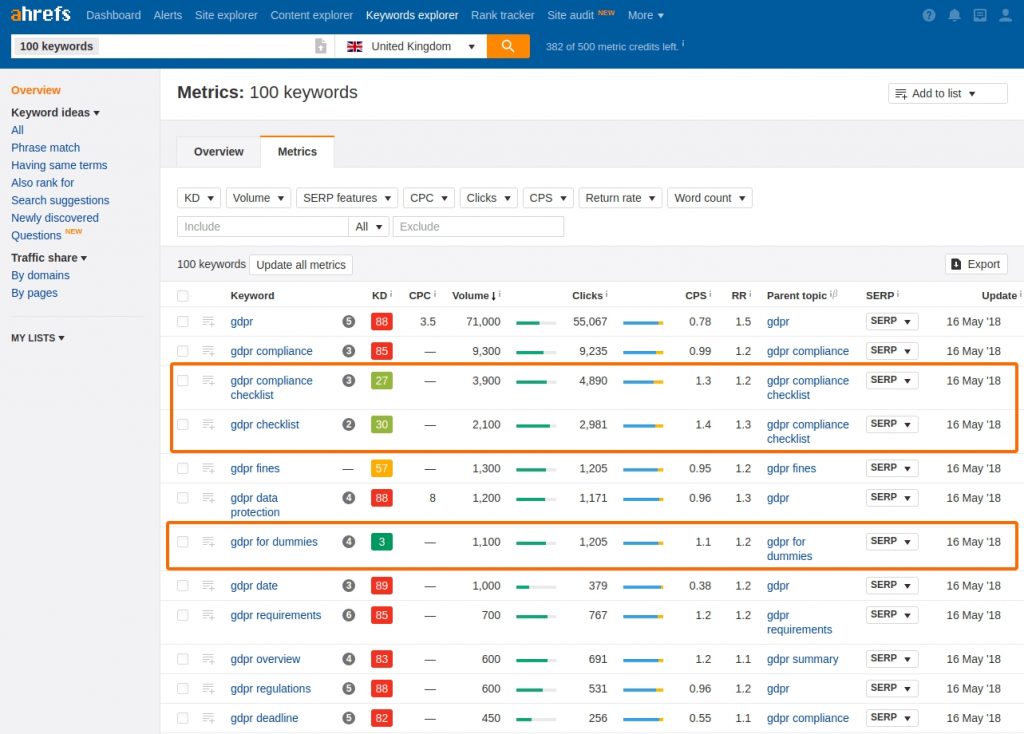Social media has brought a plethora of opportunities for business to connect with their target customers, without investing much. But are you using this opportunity to its fullest? You have to make sure that you are getting maximum returns for the efforts you are putting in posting on social media. Because when you are posting on social media for the business it cannot go like the normal posting we do as individuals, it has to have some purpose behind it and proper planning to achieve that purpose.

So, let’s discuss the things to remember while posting on social media:
- Don’t Forget Purpose
These must be a purpose behind having a social media handle for business and behind every post that goes on it. Different posts can fulfill different purposes, for example, you can plan a weekly content bucket that included posts for engagement, brand awareness, news from your niche etc. This will ensure a goal-driven social media that will be worth your efforts.
- Post Something That Adds Value
Social media is a value-driven platform, where users will only follow you if you add some value to their lives. It means that you should post quality content on your page that your target customers will be interested to see. Your audience should be looking out to when you post and engage with it. This will help you to grow organically and will be the best brand building you can hope for in this digital age.
- Visual Marketing
Your creative will be the first thing that the audience will see. It should attract them in the first look because if it doesn’t then your target customer will just scroll down and your post will be lost in the millions of creatives that are posted daily. An attractive creative doesn’t mean that it has to be full of colours, it can be minimalistic design also. But what’s important is that the audience stops to see it, read its caption and engage with it.
- Dialogue, Not a Monologue
Today, social media strategy is not limited to good creative, caption and hashtags, it’s a lot more than that. You have to build a relationship with your followers by having a two-way conversation. People want an authentic connection with a brand which you can build by replying to their comments and queries. You have to stay consistent in your ORM activities across all the platforms.
- Post Frequently
Consistency is the key to get your brand in front of your target audience. Posting every now and then will not get you the results you are expecting and nor the engagement. You have to post multiple times a week and sometimes a day, this will give an incentive to your target audience to follow you. People want to see something interesting, every time they come online and if you succeed in providing them that then your online branding is a guaranteed success.
- Stay Away from Controversy
As a business, it can be pretty dangerous getting into the controversy, as this can divide your present audience into two pieces. One that supports you and one against, which is not good for the business in general. Internet is always full of politics, religion and similar controversial topics, and some of them will compel you to comment upon but you have to stay away from them. As they can bring a PR nightmare for you.
- Remember Your Audience
If you ever find yourself confused about whether to post something or not, just remember your audience and ask yourself whether they will find it interesting and useful. This can save you from the trap of posting what you like instead of your audience. And if you post something that doesn’t interest your audience then your page will attract the wrong audience which will be a waste of efforts for your brand.
- Platform for Creativity
Social media is a platform to showcase your creativity. Unlike your business website, your social media page has a lot of space for creativity, do not make is boring and monotonous by only promoting your brand. Upload something fun and interesting for time to time for your audience and if possible, showcase this creativity in every post, even promote your brand in a creative manner.
Apart from all these things, it’s important to always keep your mind open while posting on social media and look for new opportunities to exploit as these social media platforms are ever-changing. Now it’s time for you to go and do online brand building for your business. But sometimes these things can be a little difficult to manage with your core business and can affect your performance in business. If that so is the case, then leave your social media management to Urmad Solutions and grow your business.
Call: 8130552585
Email: info@urmadsolutions.com
Visit: AU – 83 PITAMPURA, NEAR VIPS COLLEGE, DELHI – 110034
Website: https://www.urmadsolutions.com/
Facebook: https://www.facebook.com/urmadsolutions/
Instagram: https://www.instagram.com/urmadsolutions/





